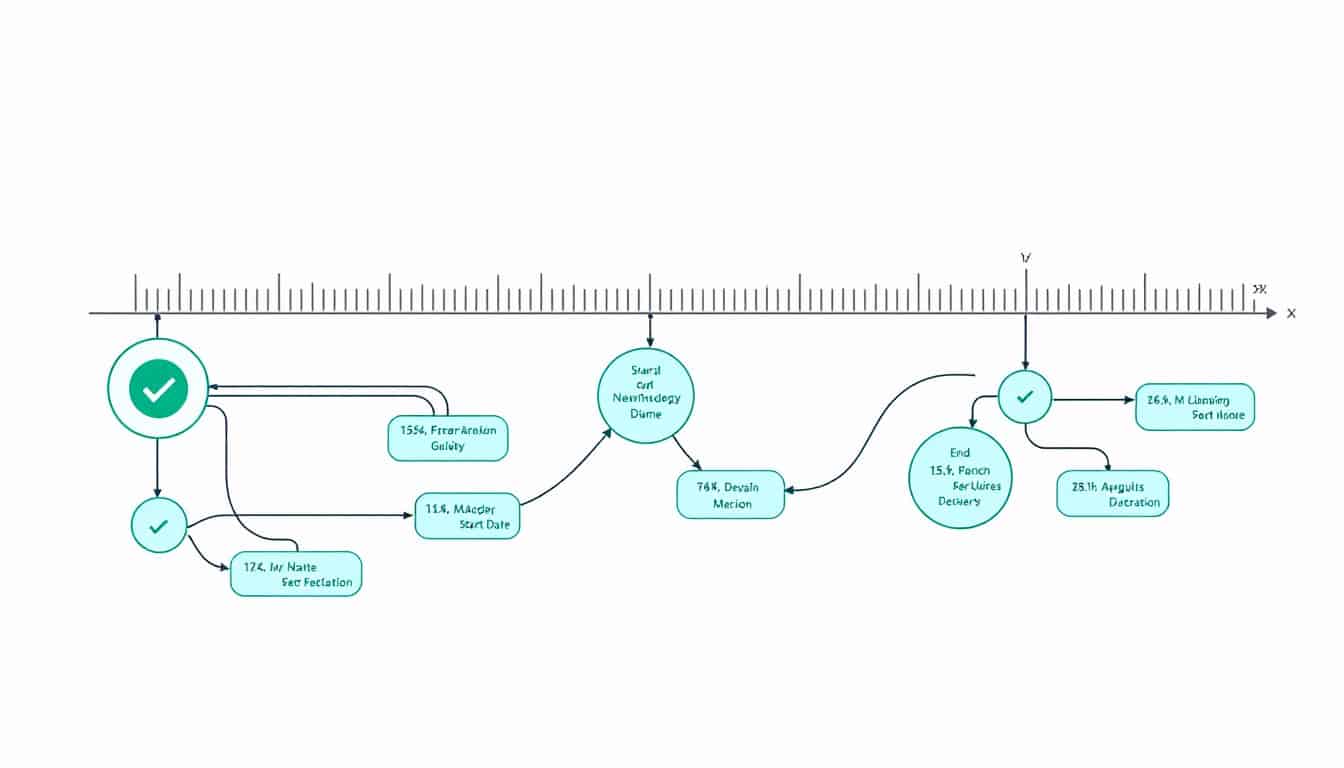Disruptive innovations represent a decisive turning point in the economic and industrial landscape. These new ideas, products, or services have the potential to radically transform the market, but their market launch poses unique and complex challenges. Companies often find themselves facing a multitude of obstacles, ranging from resistance to change to unconventional marketing models. In this context, it is essential to understand the specific issues related to this disruption in order to skillfully navigate a constantly evolving environment.
🔥 Nous recommandons Ideamap
Ideamap est l’outil idéal pour un brainstorming ou un projet collaboratif. Grâce son interface facile et à ses fonctions IA, Ideamap booste votre créativité tout en favorisant une meilleure organisation de vos idées pour atteindre vos objectifs.
|
IN BRIEF
|
Disruptive innovation, while essential for transforming markets and creating new opportunities, presents unique challenges during its market launch. This dynamic, which aims to disrupt the established order by introducing radically different products or services, requires a fine understanding of potential obstacles and strategies to adopt to overcome these challenges.
Complexity of product design
The first challenge that companies face is the complexity of design. In the context of disruptive innovation, teams must not only create a product that meets current consumer needs but also anticipate their future needs. This requires a phase of in-depth research and an iterative prototyping process that can prove lengthy and expensive.
Understanding the target market
Another key aspect lies in the understanding of the target market. A disruptive innovation can attract consumers’ attention, but whether the product or service truly meets a need remains paramount. Companies must be prepared to invest time in market research and adjust their offering accordingly. These adjustments may require considerable resources, sometimes at the expense of ongoing activities.
Consumer education
When an innovation disrupts expectations, it becomes crucial to educate consumers about the benefits of the new product. This is often a neglected challenge that can hinder rapid adoption. Companies must develop targeted and compelling communication campaigns to illustrate the added value of their disruptive solution. This involves not only communicating about the product itself but also explaining how it fits into users’ daily lives.
Financial resources and means
Disruptive innovations also require appropriate financial resources and means. Investments in research and development can reach significant amounts, with no guarantee of success. Companies must ensure they have the necessary funds to carry out their projects while managing the financial risk associated with this uncertainty.
Marketing strategies
Another difficulty lies in defining marketing strategies. Disruptive innovation does not always follow the classic paths of marketing. Companies need to adopt a tailored, more agile approach capable of adapting to the rapid evolution of the market. This includes creating strategic partnerships and constantly evaluating market feedback during the launch.
Mobilizing internal teams
Mobilizing internal teams to support innovation is also a challenge. Resistance to change can hinder this dynamic, making alignment and motivation efforts necessary. Leaders must commit to fostering a culture of openness and encourage interdisciplinary collaboration to facilitate the innovation process.
The long-term implications
Finally, it is essential to consider the long-term implications of disruptive innovation. Every change can have cascading effects on the entire business ecosystem. Therefore, a careful analysis of risks and opportunities must be conducted to ensure the viability of the innovation over the long term. This requires ongoing strategic planning and heightened vigilance regarding market developments.
To better understand these issues, it is crucial to explore resources like the challenges of innovation in times of crisis and co-creation, which can shed light on these problems and offer tailored solutions.

Disruptive innovation is not limited to creating a revolutionary product or service. It also involves considerable challenges during its market launch. Companies must navigate a constantly evolving competitive landscape, where consumer expectations change rapidly. This reality underscores the importance of properly identifying market targets to capture attention and meet user needs from the very launch.
One of the main challenges lies in the fact that the marketing of a disruptive innovation requires different approaches from those of traditional methods. Classic diffusion channels, such as mass marketing, are not always sufficient. On the contrary, precise targeting and an ability to fluidly adapt to market feedback are necessary to maximize impact. This involves active listening to users in order to evaluate their reactions and potentially adjust the product or service accordingly.
The financial risks associated with disruptive innovations should not be underestimated. Companies that choose to venture into this uncharted territory may face high costs related to research, development, and market introduction. At the same time, marketing investments must be carefully allocated to avoid unsatisfactory returns on investment.
Finally, market adoption is often gradual, which requires strategic patience on the part of companies. It is imperative to manage stakeholder expectations while preparing effective communication strategies to prevent misunderstandings. Companies must therefore skillfully navigate between excitement and pragmatic realities to ensure sustainable success for their disruptive innovations.














